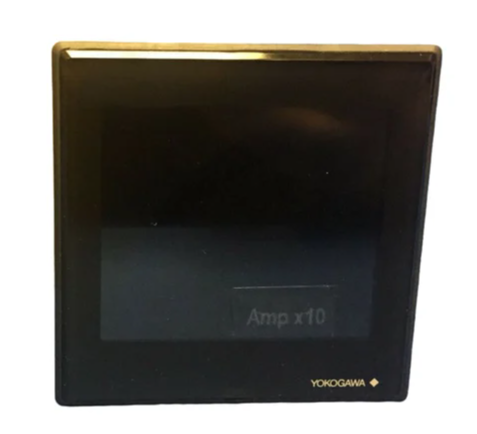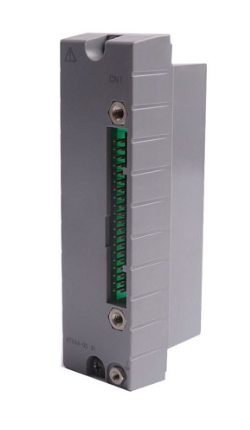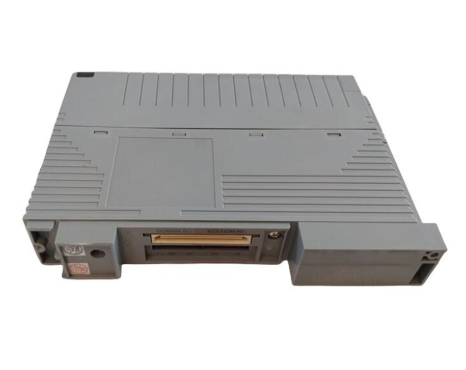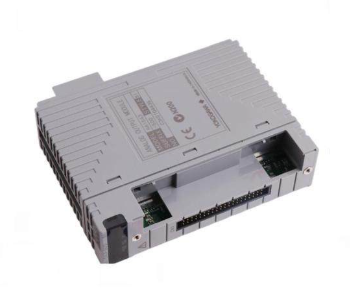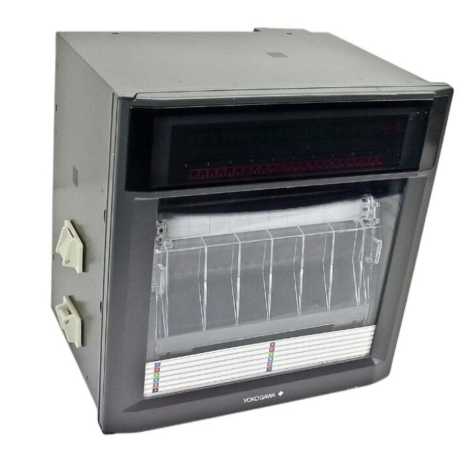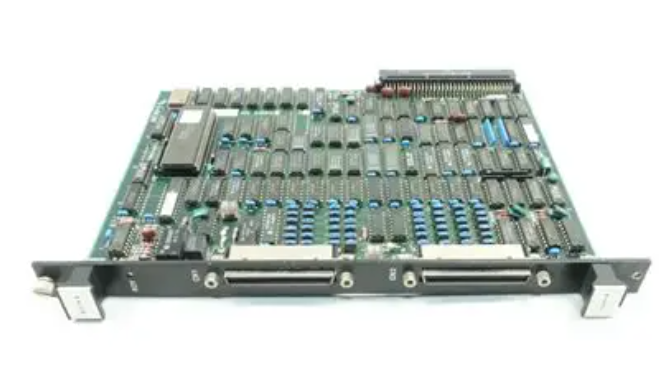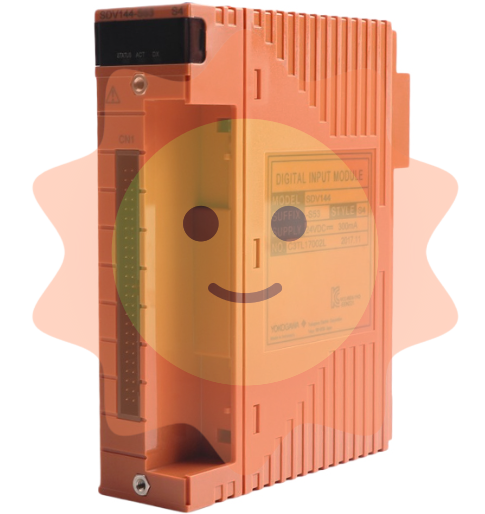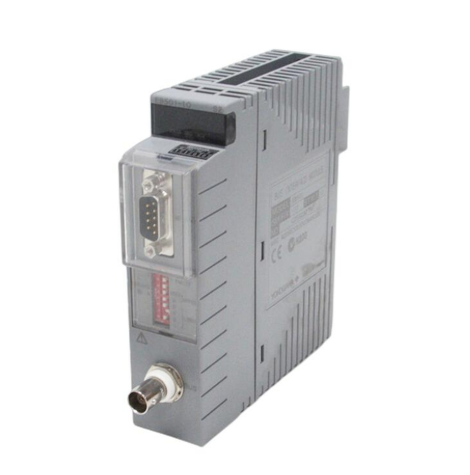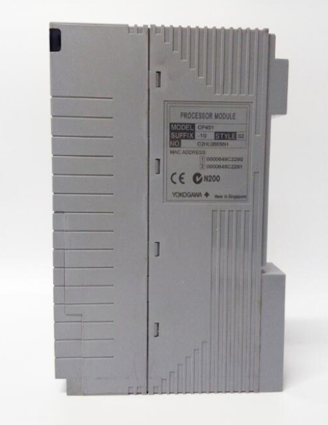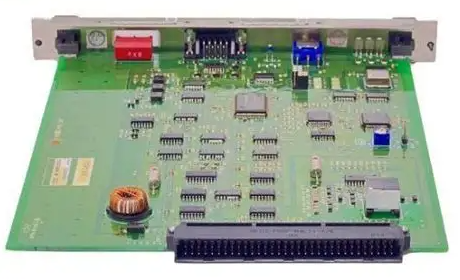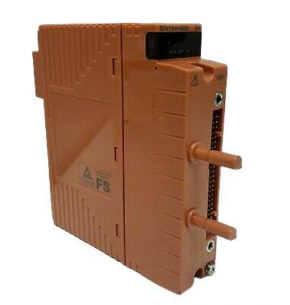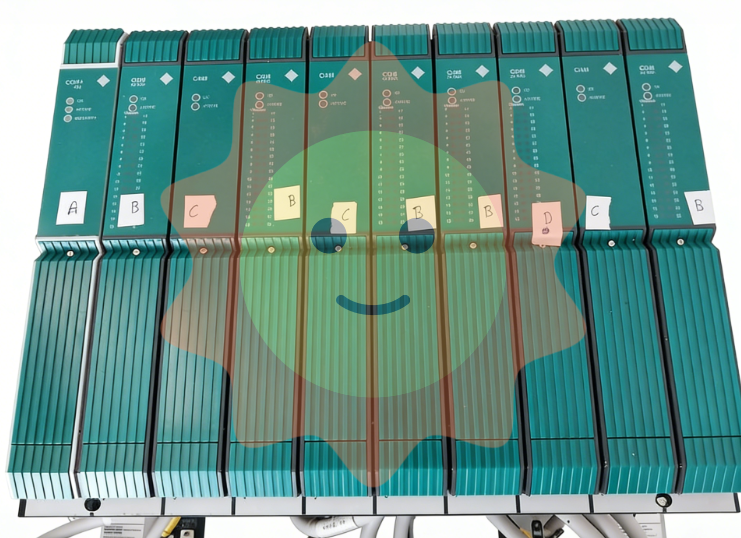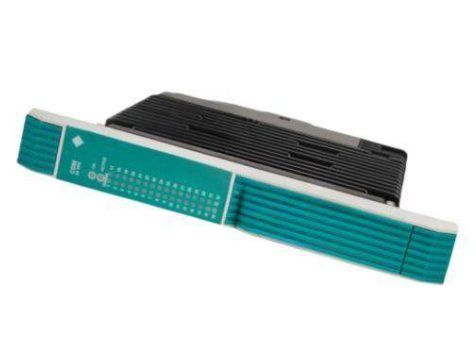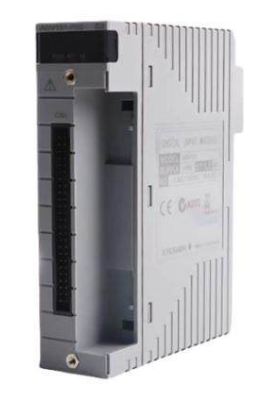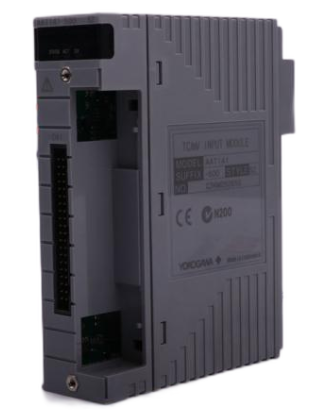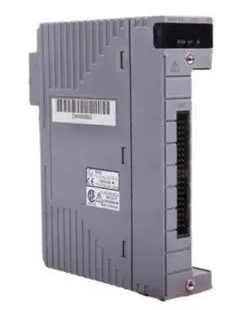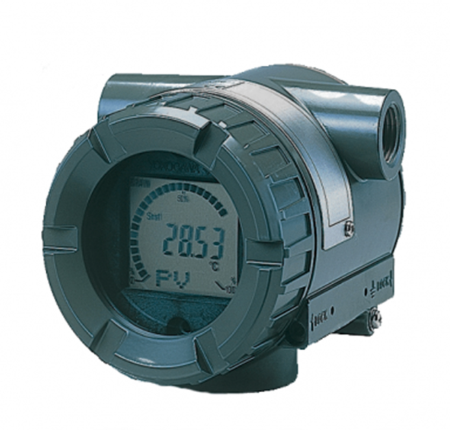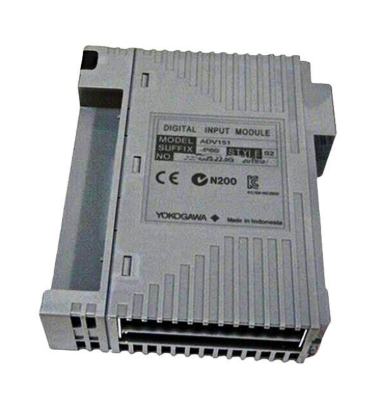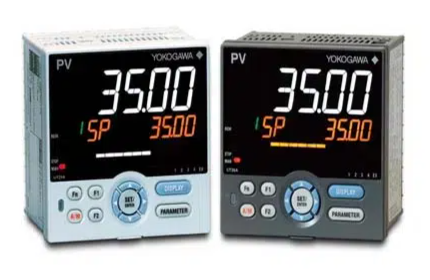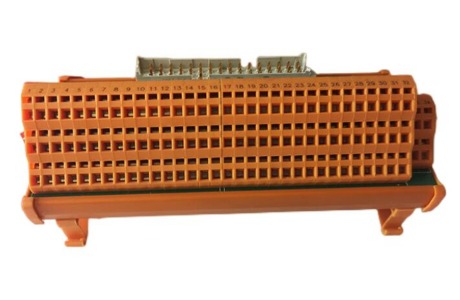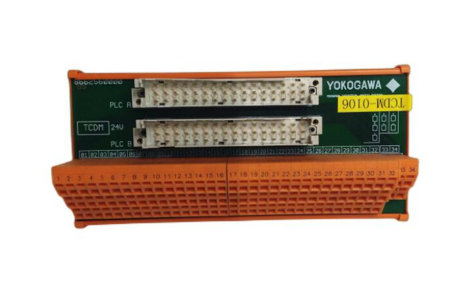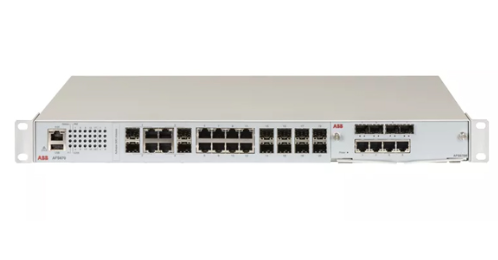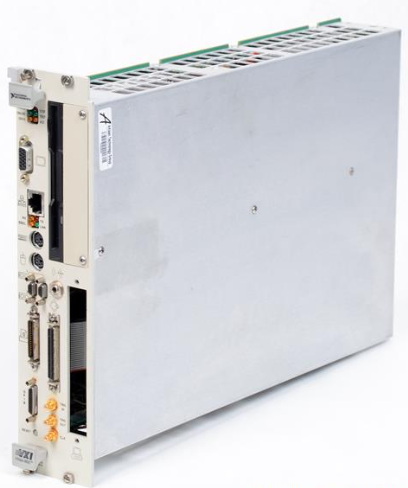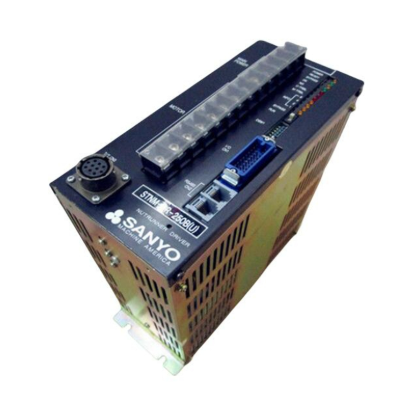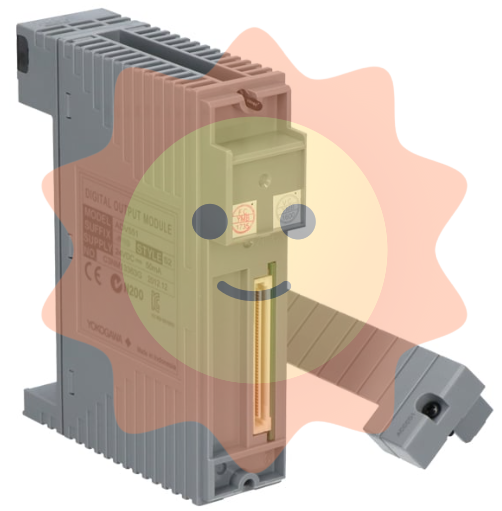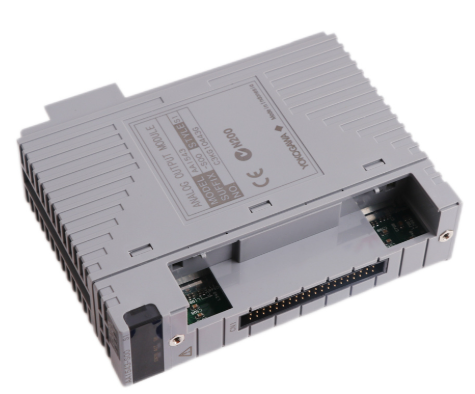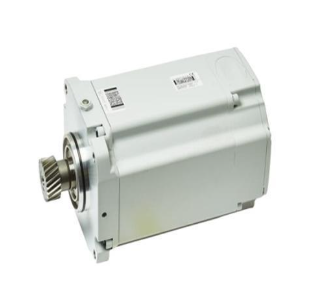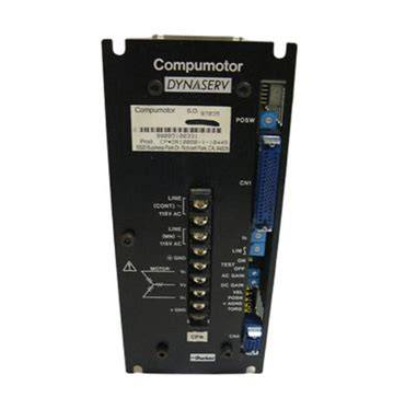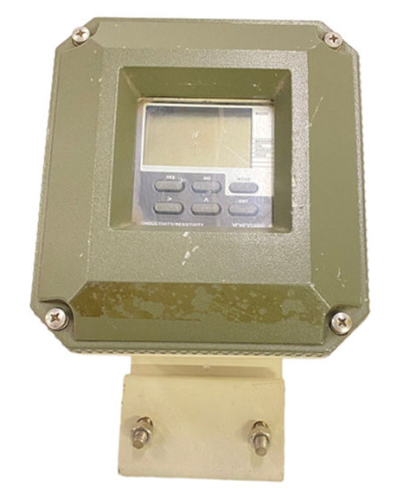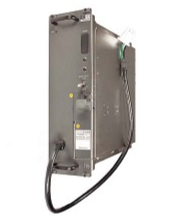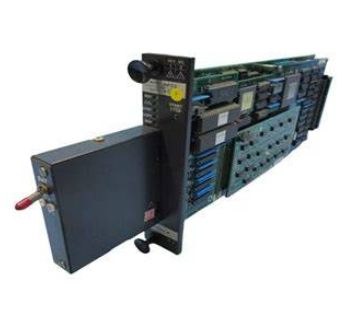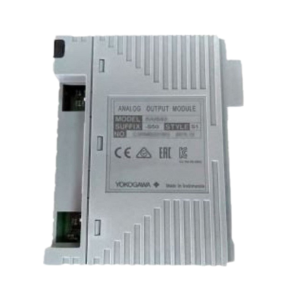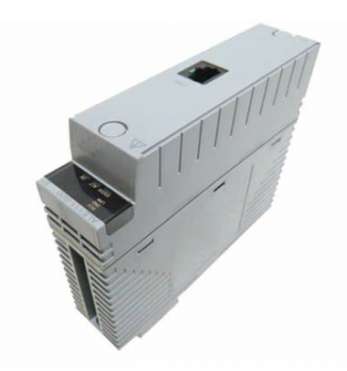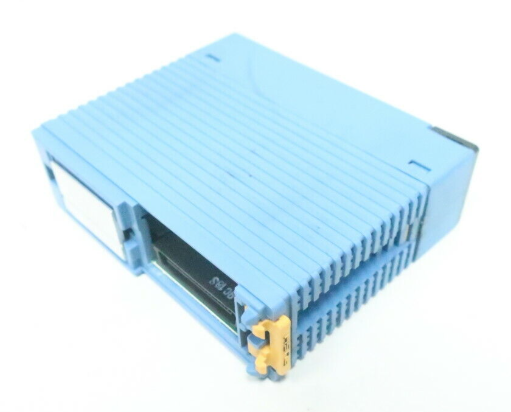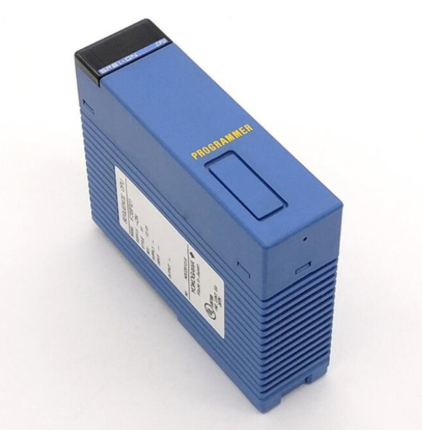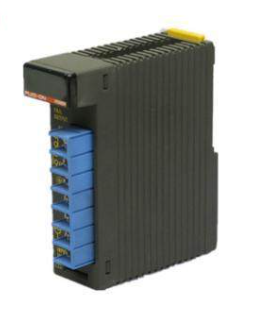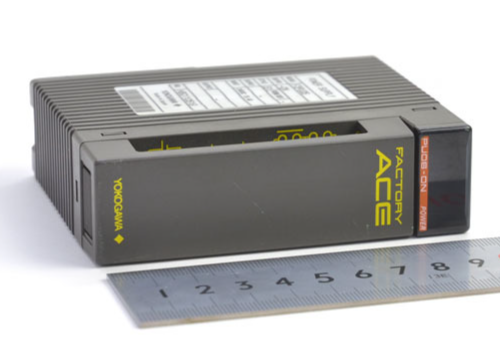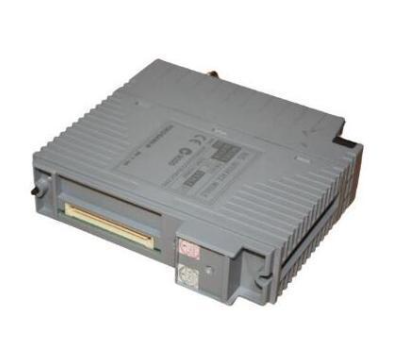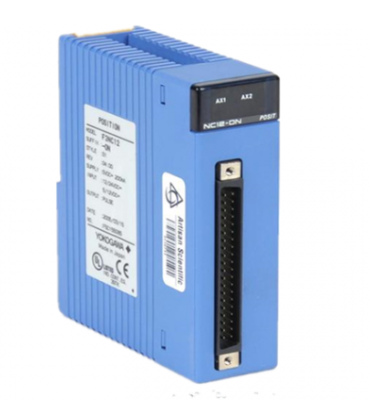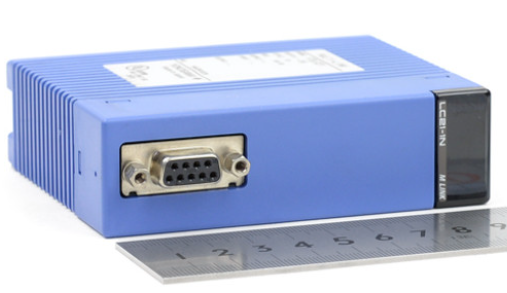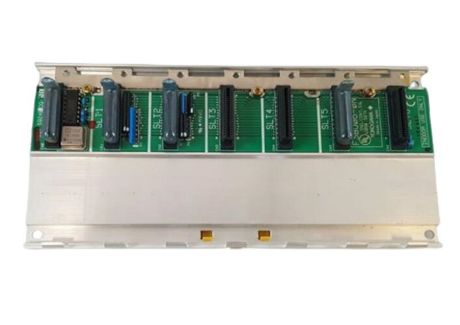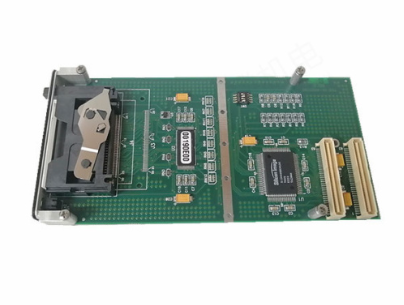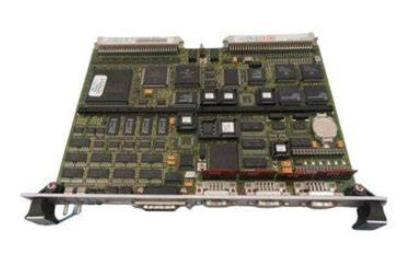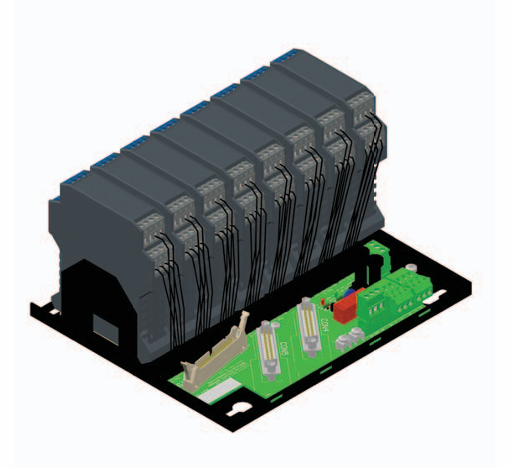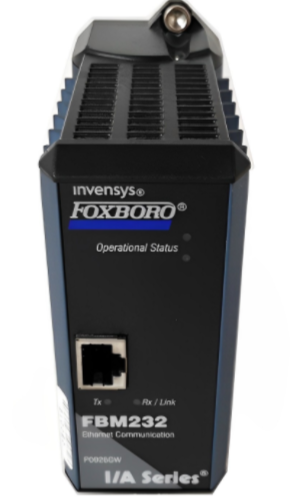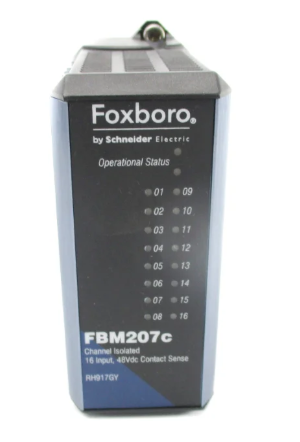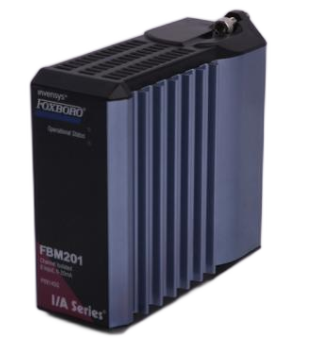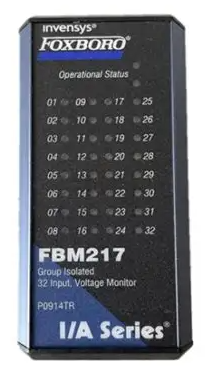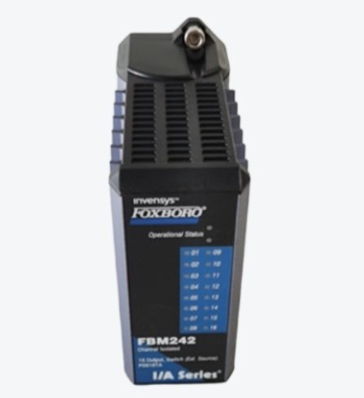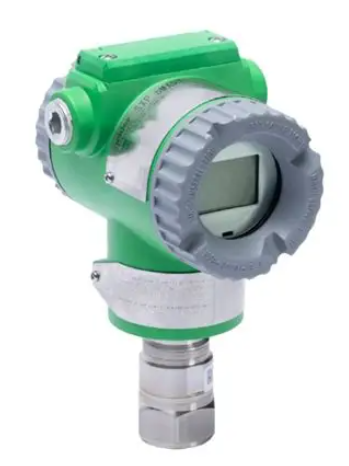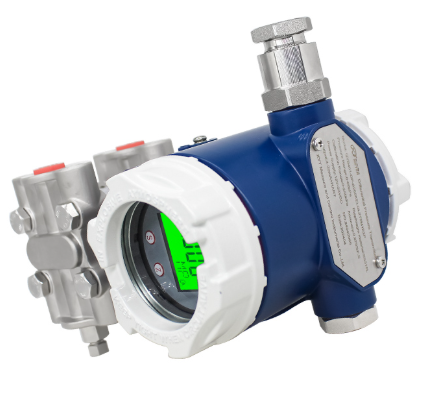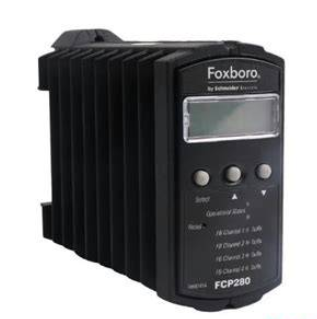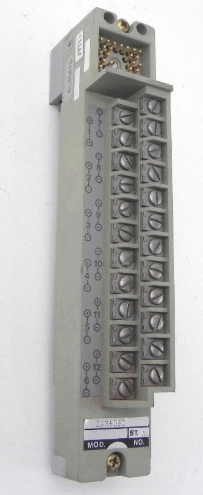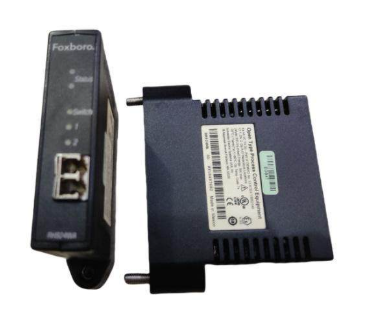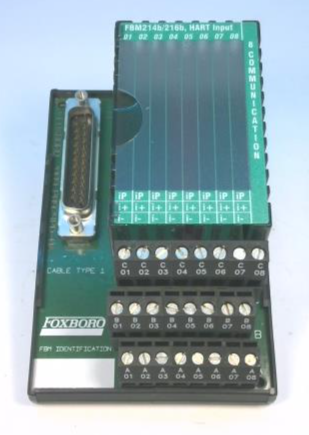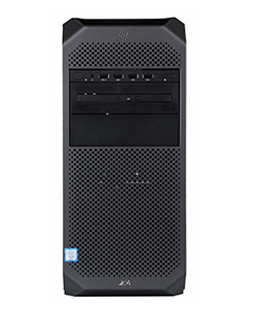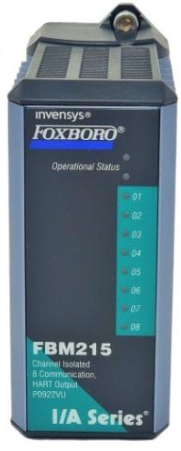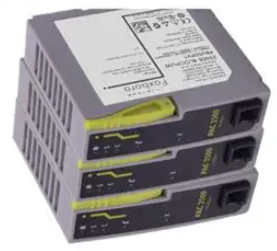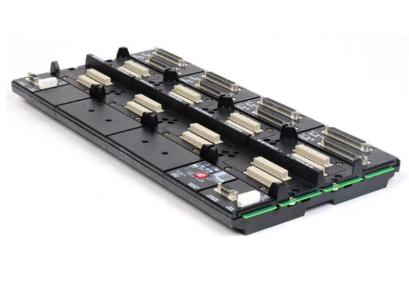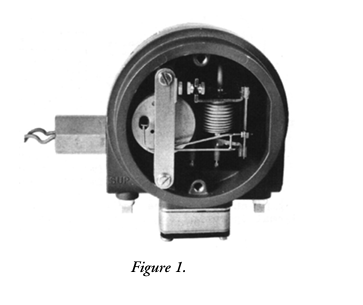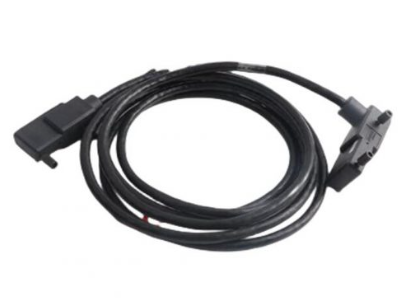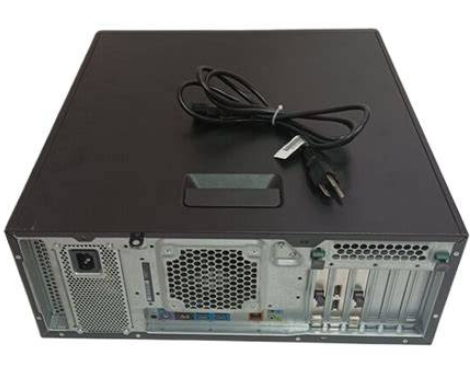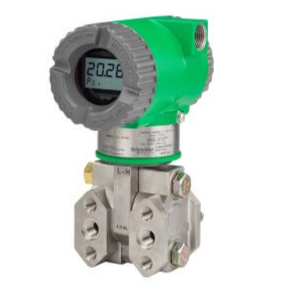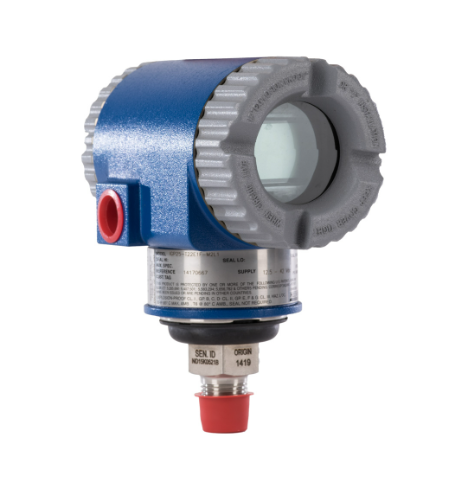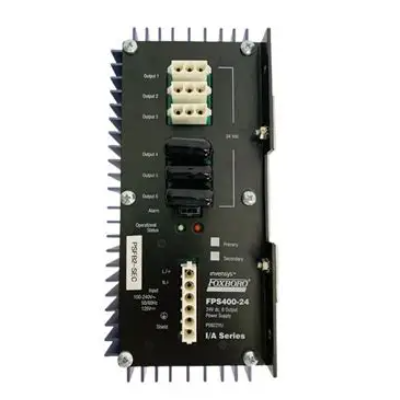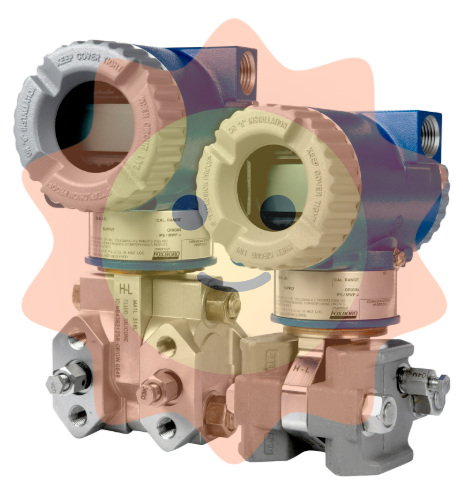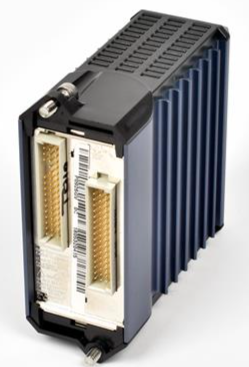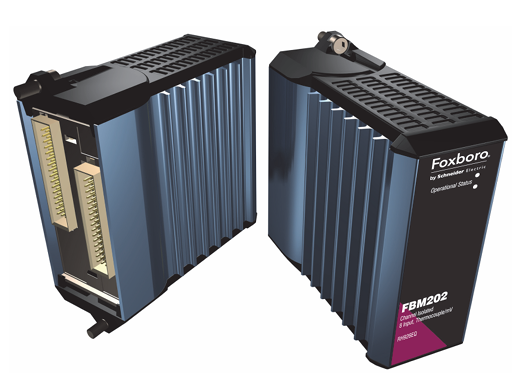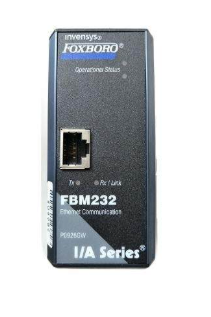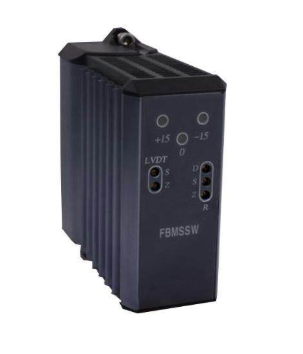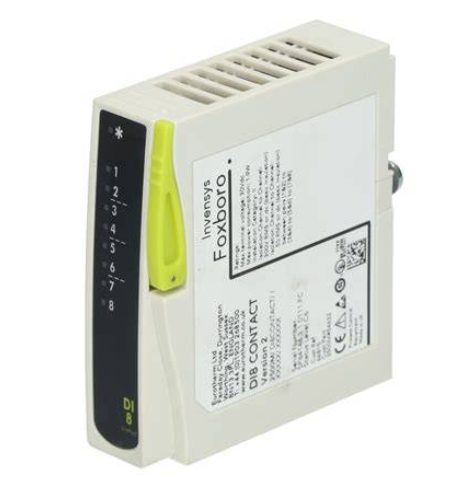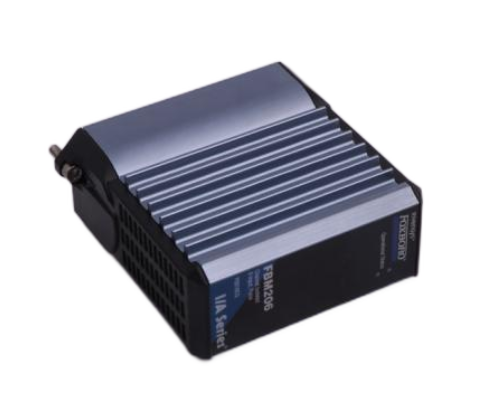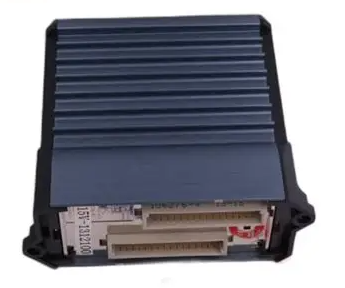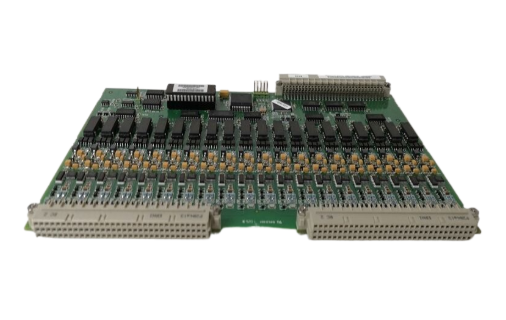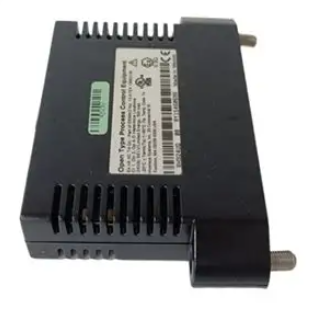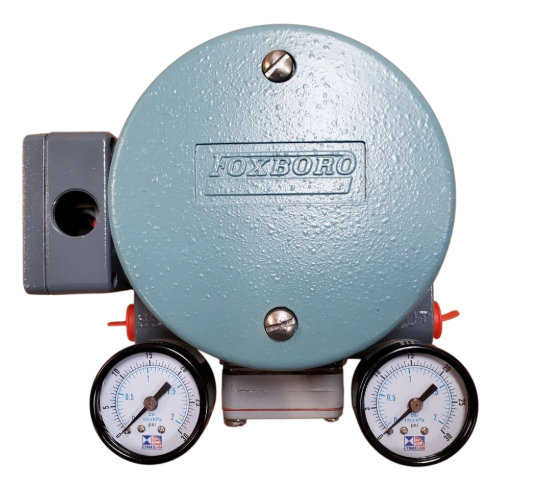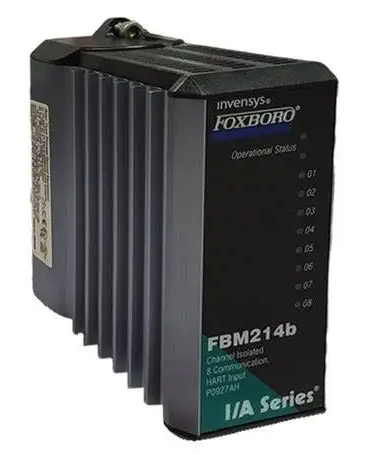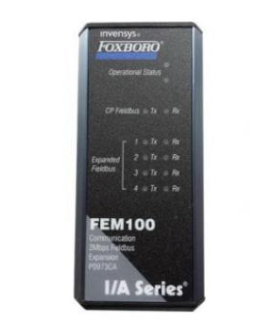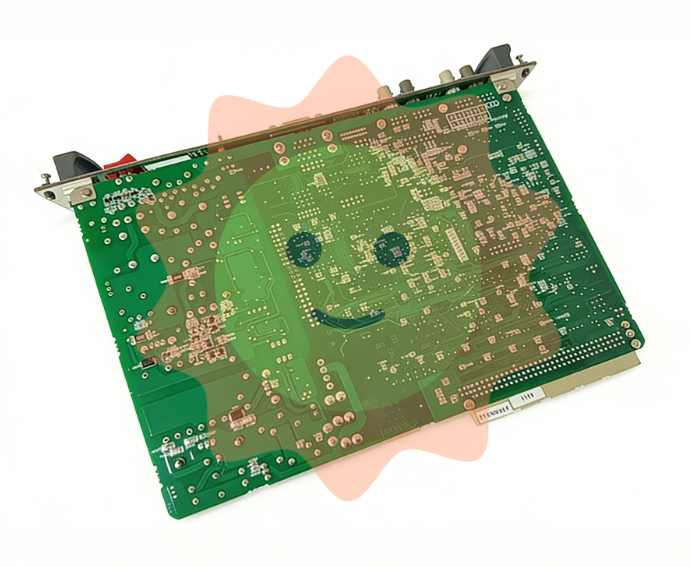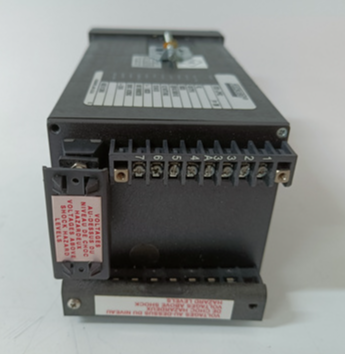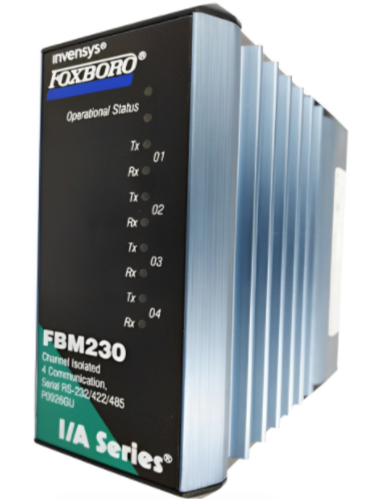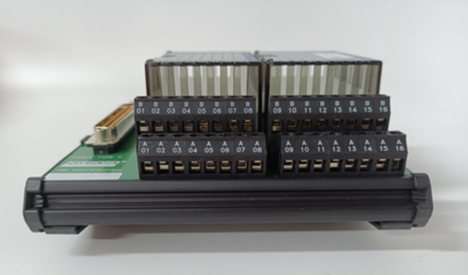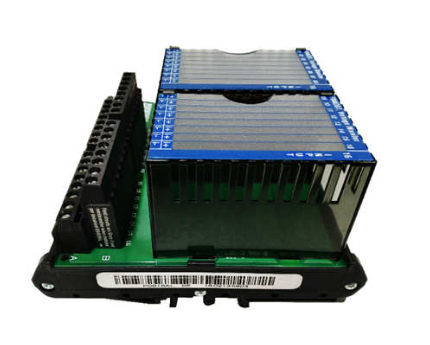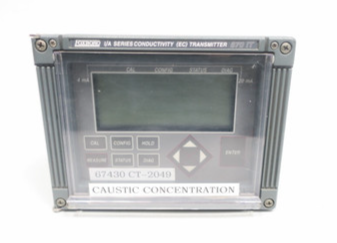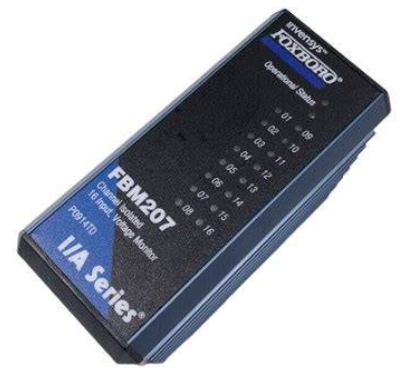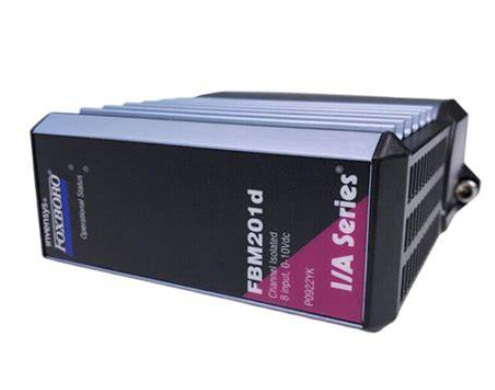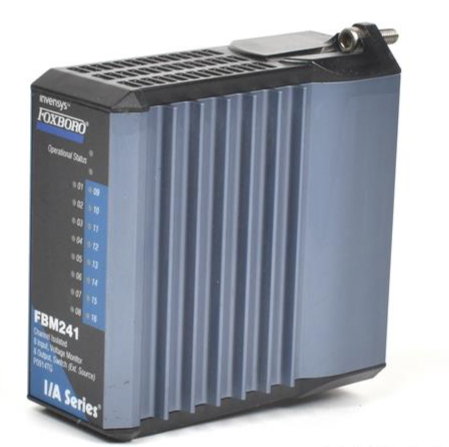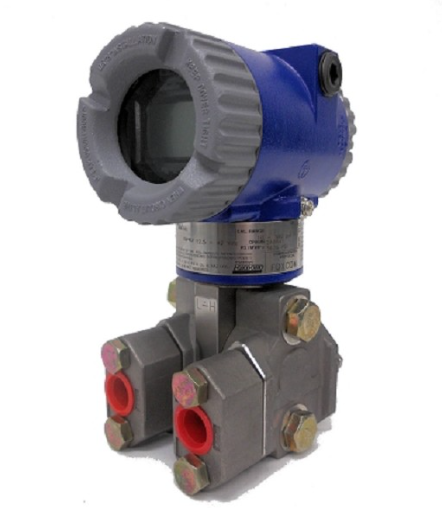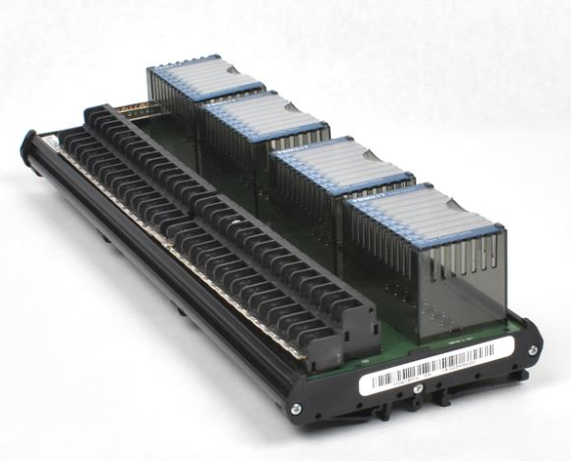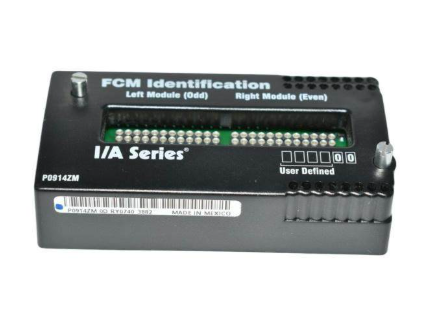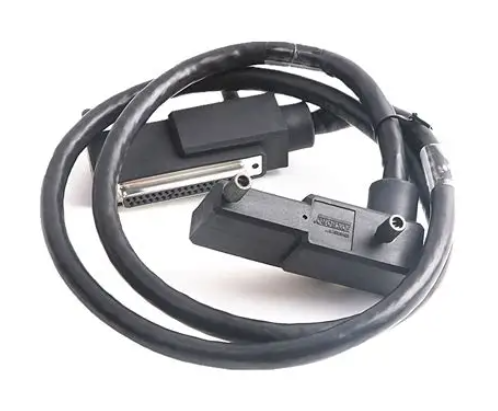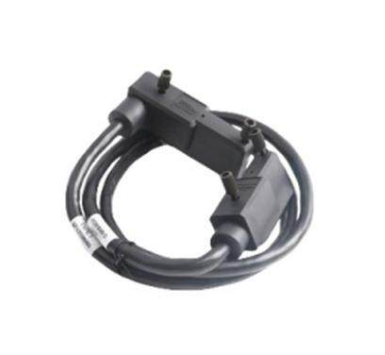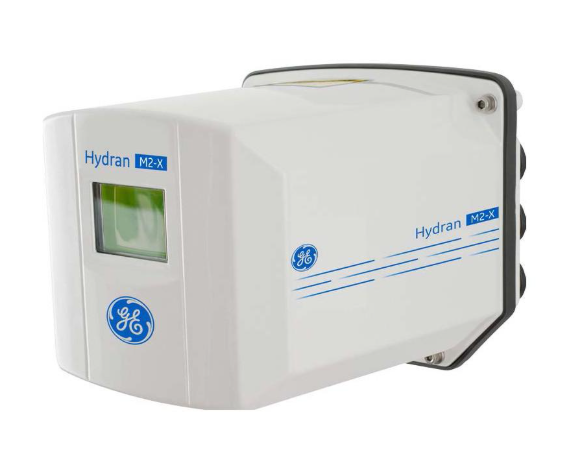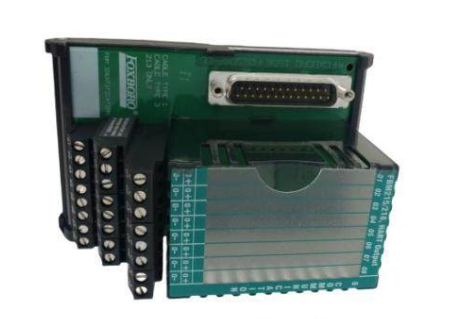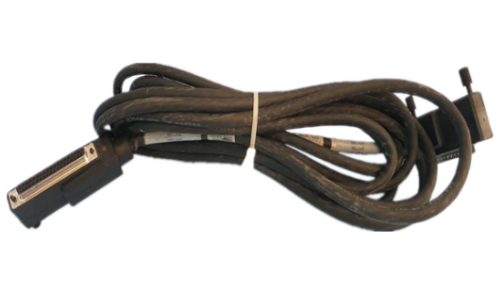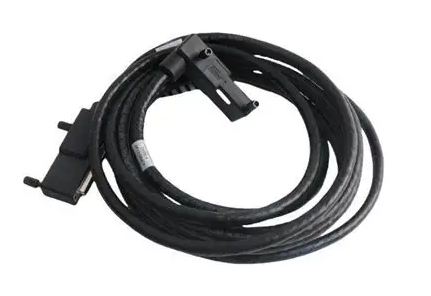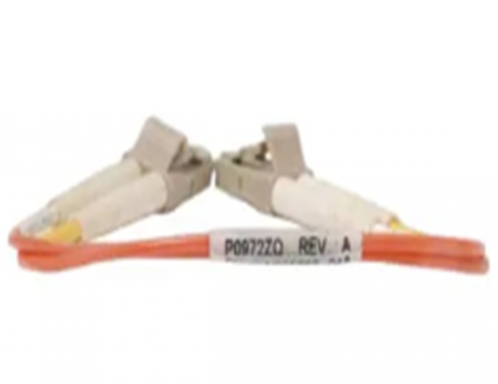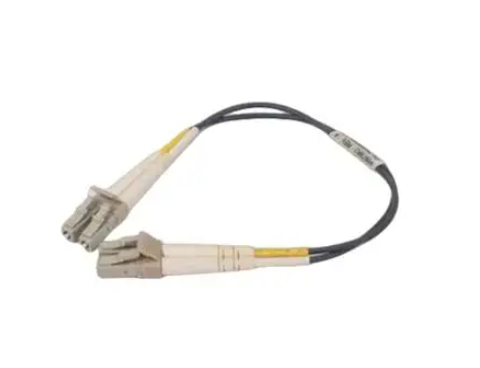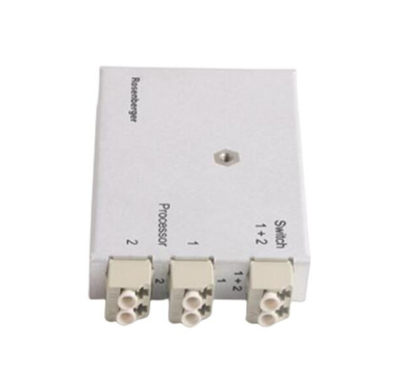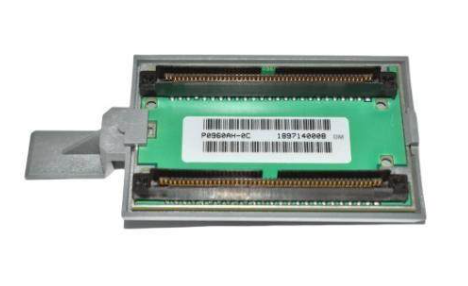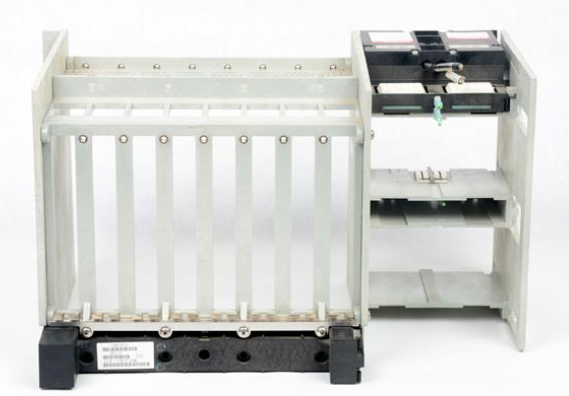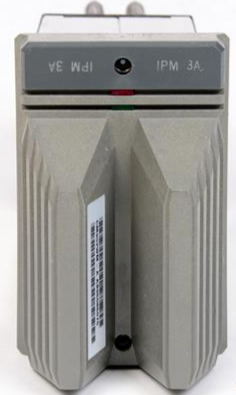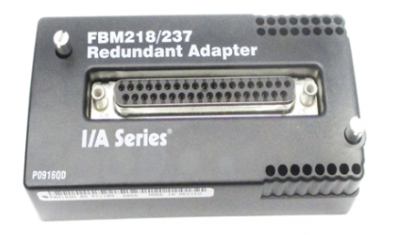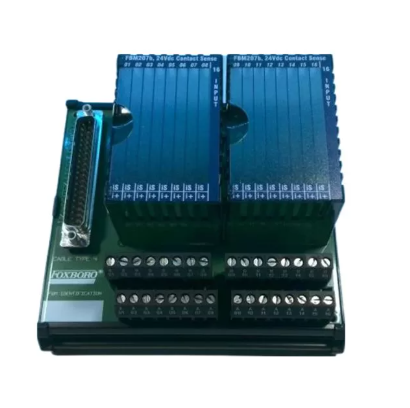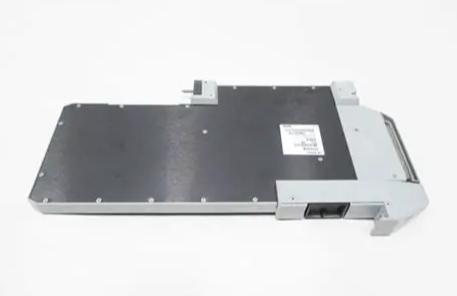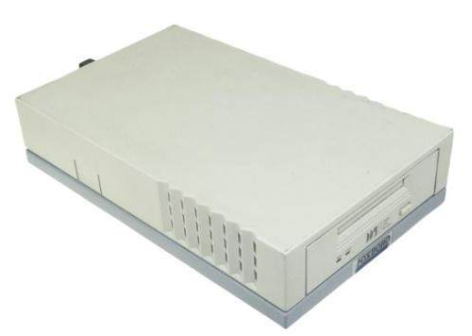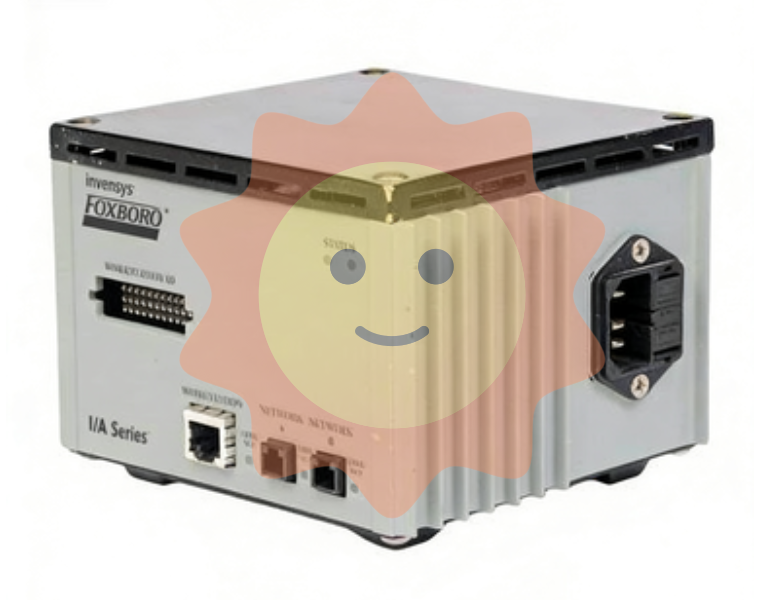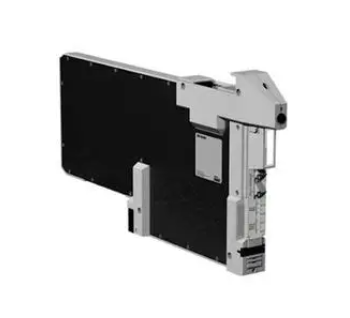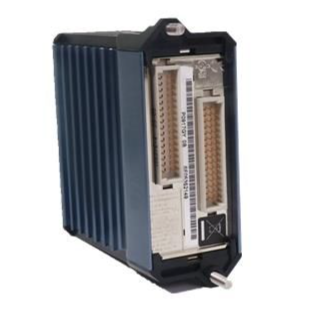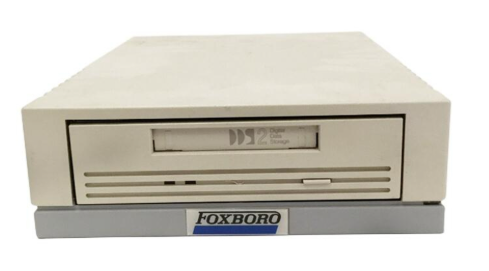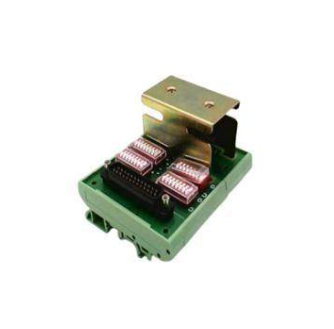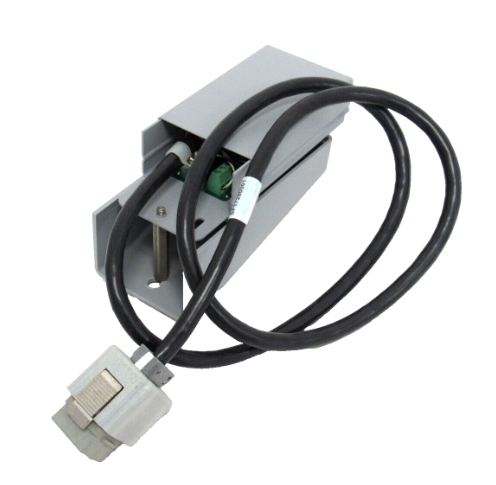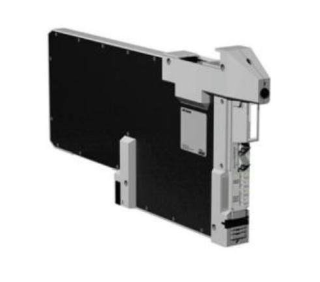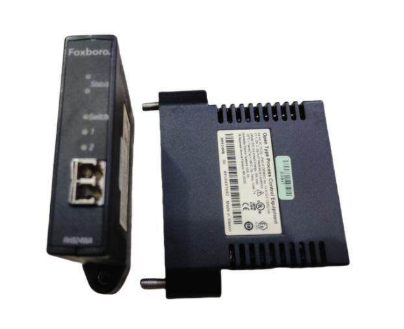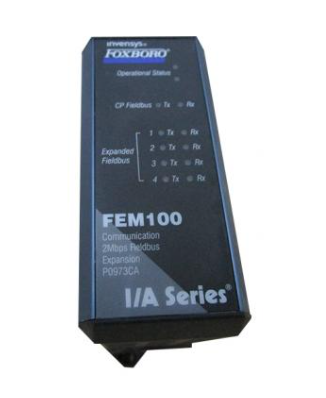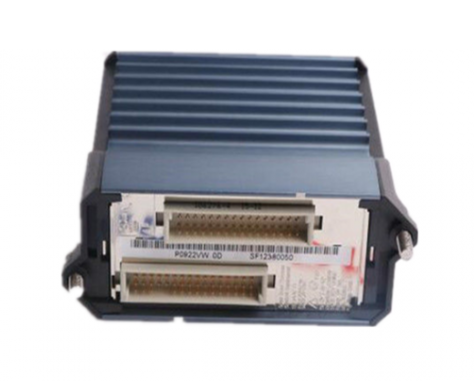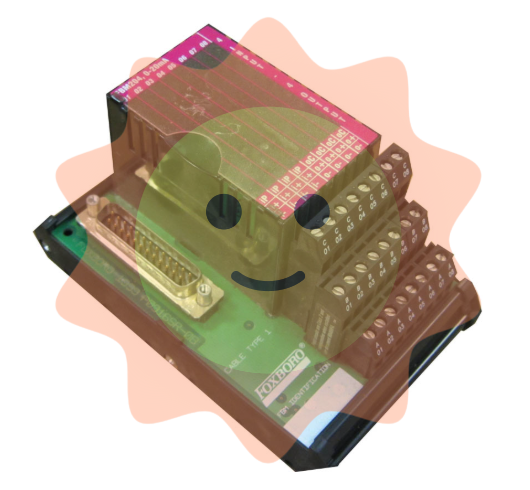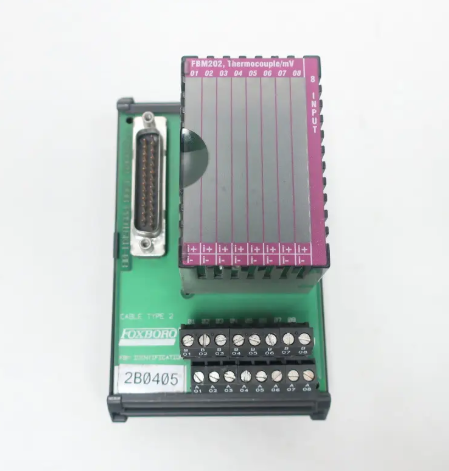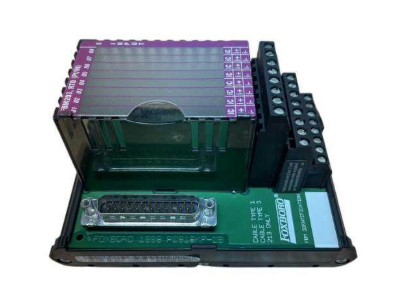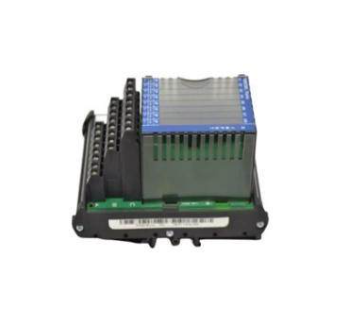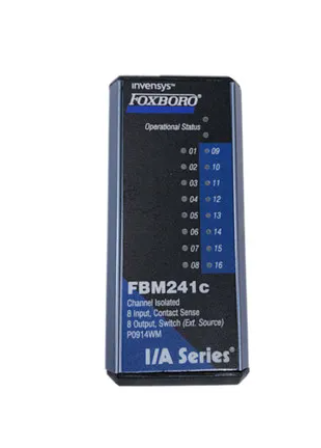ABB XDD501A101 Bus Terminal Module
ABB XDD501A101 Bus Terminal Module
Product Overview
ABB XDD501A101 bus terminal module, product number XDD501A101, corresponding to 3BHE036342R0101, originated in Sweden, is a key component for equipment connection and signal transmission in the field of industrial automation. Its design is compact, although there is currently no official exact size, it can be inferred from similar products that it can adapt to the limited space of various control cabinets and distribution boxes, which is conducive to system integration layout. Weighing approximately 2kg, it balances the stability of internal components with stable performance, making it easy to handle, install, and maintain.
Brand background
ABB Group is a globally renowned leader in the fields of power and automation technology, with operations in over 100 countries and 132000 employees. In 1988, it was formed by the merger of ASEA from Sweden and BBC from Switzerland, with its headquarters located in Zurich, Switzerland. ABB has a deep foundation in the field of electrical equipment manufacturing, having developed numerous major technologies such as the world's first three-phase transmission system, high-voltage direct current transmission technology, and the first electric industrial robot, and being the first to achieve commercial applications. Occupying a dominant position in the field of high-voltage direct current transmission systems, it is one of the four giants of global industrial robots. Its sales volume, installation volume, and transportation volume of power grid equipment rank first in the world. In the process automation market of the process industry, it has long held the top spot with its powerful DCS control system.
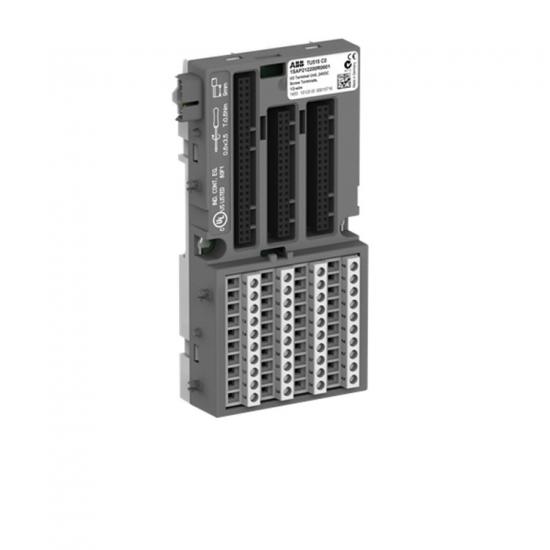
Specification parameters
Working voltage: It usually supports a wide voltage range, such as 24VDC to 48VDC, which can adapt to power configurations in different industrial scenarios and ensure stable operation in various power environments.
Weight: Approximately 2kg, convenient for staff to carry out transportation operations during installation, commissioning, and maintenance.
Communication Protocol: It is highly likely to support common industrial communication protocols such as Modbus to achieve efficient communication connections with PLCs, smart meters, upper computers, and other devices of different brands and models, and to build a massive industrial control network.
Interface type: Equipped with standard electrical interfaces, such as RS-485 interface, utilizing its excellent anti-interference ability and long transmission distance to stably transmit data in complex electromagnetic environments of industrial sites, and can connect up to multiple node devices; It may also have Ethernet interfaces to achieve high-speed data transmission, meeting communication scenarios with high data volume and real-time requirements.
Core functions
Signal transmission: Efficiently and accurately transmit analog signals (such as continuously changing voltage signals from temperature sensors and current signals from pressure sensors) and digital signals (such as on/off status signals of switches and start/stop signals of motors) generated by on-site equipment to the control system. At the same time, the control instructions of the control system are transmitted in reverse to on-site executing devices (such as motors and valves) to ensure bidirectional data exchange and coordinated operation of the entire industrial automation system. For example, on an automated production line, sensors transmit information such as product location and quantity to the PLC control system through this module. After processing, the PLC sends control signals to the motor through this module to adjust the running speed and start stop of the conveyor belt.
Device Connection: As a bridge connecting on-site devices and control systems, it can connect various types of sensors, actuators, and other devices to achieve interconnectivity between different devices, integrating various dispersed devices into an organic automation control system. In smart buildings, sensors and controllers of lighting systems, air conditioning systems, security systems, and other equipment can be connected and centrally managed and intelligently regulated through a central control system.
Working principle
When the on-site equipment generates a signal, whether it is analog or digital, the XDD501A101 bus terminal module will first collect the signal. For analog signals, they may be converted into digital signals through internal analog-to-digital conversion circuits for subsequent processing and transmission. Next, the module packages the processed signals into specific format data packets based on the supported communication protocol (such as Modbus), and sends them to the control system through the corresponding interface (such as RS-485 or Ethernet interface). When the control system issues a control command, the module receives the command data packet, parses the control information, and converts it into a signal form suitable for on-site execution equipment (such as analog output signal controlling valve opening, digital output signal controlling motor start stop), thereby driving the execution equipment to complete the entire control process.
- EMERSON
- Honeywell
- CTI
- Rolls-Royce
- General Electric
- Woodward
- Yaskawa
- xYCOM
- Motorola
- Siemens
- Rockwell
- ABB
- B&R
- HIMA
- Construction site
- electricity
- Automobile market
- PLC
- DCS
- Motor drivers
- VSD
- Implications
- cement
- CO2
- CEM
- methane
- Artificial intelligence
- Titanic
- Solar energy
- Hydrogen fuel cell
- Hydrogen and fuel cells
- Hydrogen and oxygen fuel cells
- tyre
- Chemical fiber
- dynamo
- corpuscle
- Pulp and paper
- printing
- fossil
- FANUC
- Food and beverage
- Life science
- Sewage treatment
- Personal care
- electricity
- boats
- infrastructure
- Automobile industry
- metallurgy
- Nuclear power generation
- Geothermal power generation
- Water and wastewater
- Infrastructure construction
- Mine hazard
- steel
- papermaking
- Natural gas industry
- Infrastructure construction
- Power and energy
- Rubber and plastic
- Renewable energy
- pharmacy
- mining
- Plastic industry
- Schneider
- Kongsberg
- NI
- Wind energy
- International petroleum
- International new energy network
- gas
- WATLOW
- ProSoft
- SEW
- wind
- ADVANCED
- Reliance
- YOKOGAWA
- TRICONEX
- FOXBORO
- METSO
- MAN
- Advantest
- ADVANCED
- ALSTOM
- Control Wave
- AB
- AMAT
- STUDER
- KONGSBERG
- MOTOROLA
- DANAHER MOTION
- Bently
- Galil
- EATON
- MOLEX
- Triconex
- DEIF
- B&W
- ZYGO
- Aerotech
- DANFOSS
- KOLLMORGEN
- Beijer
- Endress+Hauser
- MOOG
- KB
- Moxa
- Rexroth
- YAMAHA
- Johnson
- Westinghouse
- WAGO
- TOSHIBA
- TEKTRONIX
- BENDER
- BMCM
- SMC


Email:wang@kongjiangauto.com

